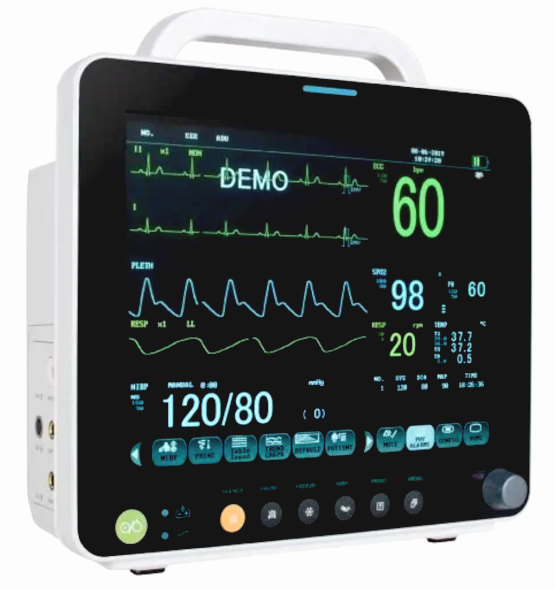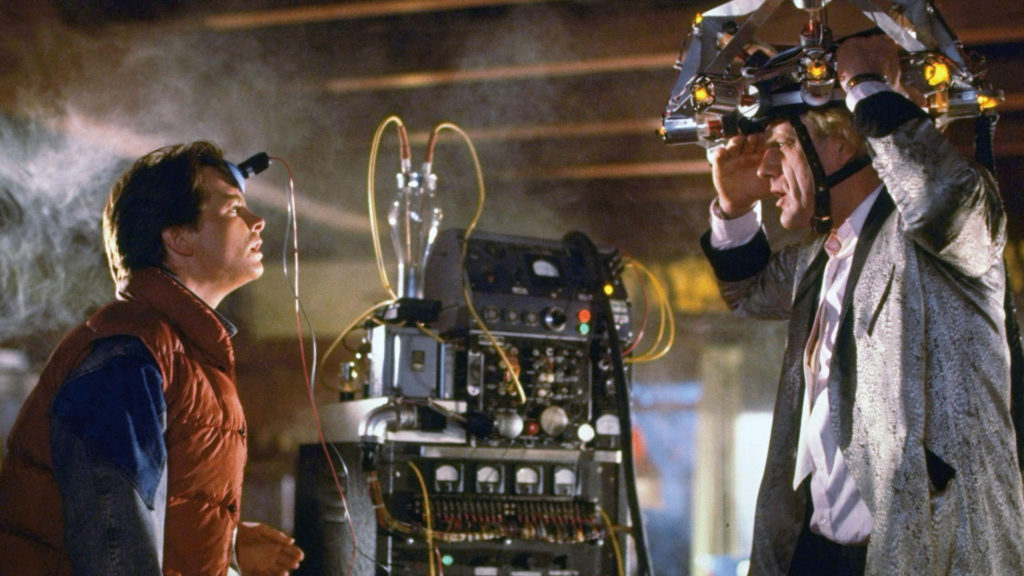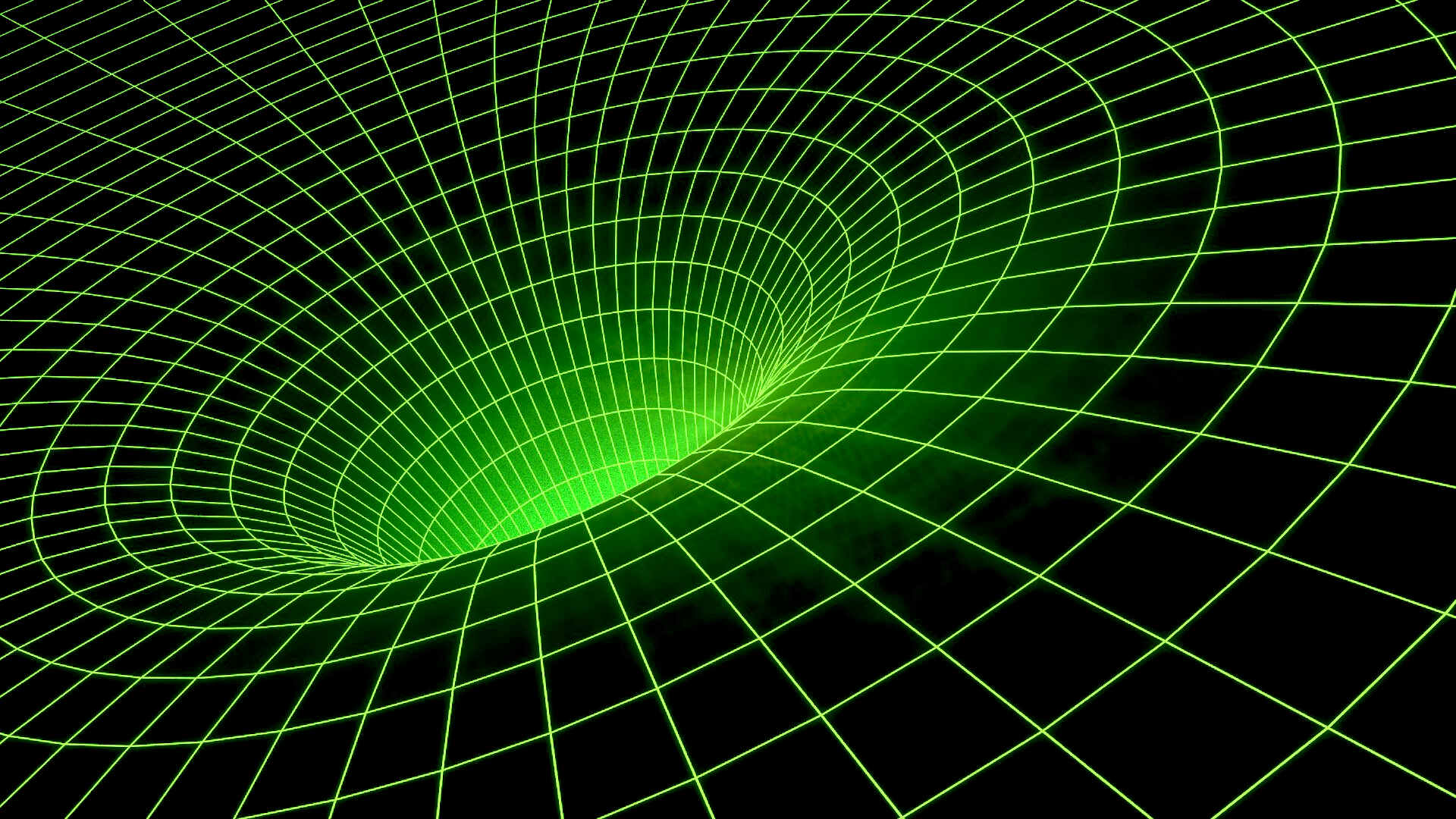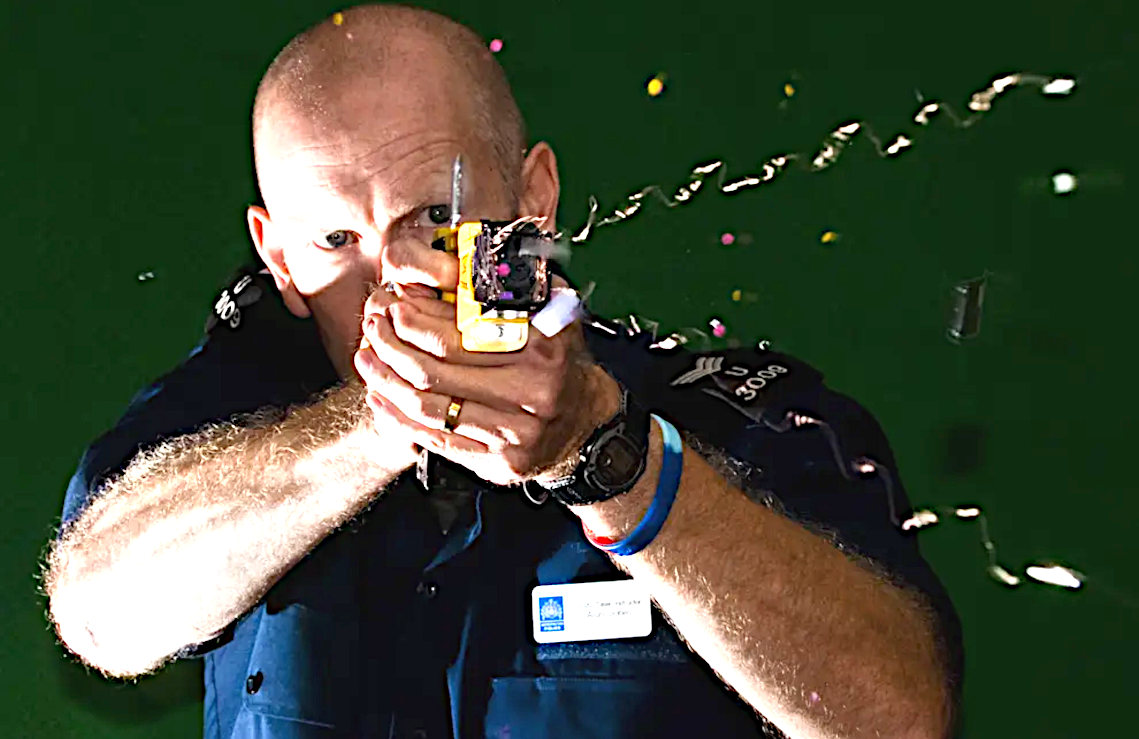|
V I T A L S I G N S
Please use our A-Z to navigate this site or return HOME
|
|
|
|
|
Vital Signs monitors check that the heart is beating properly via pads attached to the patient. They can also detect changes during breathing. Prolonged pauses in breathing,
etc., may trigger an alarm.
Vital Signs are the basic human body functions that tell is a person if alive and well. These are relatively easy to detect and monitor. Especially with today's smart watches. They are:
- Breathing - Pulse - Temperature
For example, if you arrive at the scene of an accident, or drowning, and a person is unconscious. You might check to see if a person is breathing. This is the first and most obvious sign of trouble.
You might then check for a pulse, and the patient's body temperature.
Clearly, if a patient is not breathing, and they have a pulse, you need to get them oxygenated, using artificial respiration.
If there is no pulse, you can also induce blood flow, by massaging the chest. Using the correct ratio, it is possible to keep a patient supplied with oxygen to the vital organs, so that as their condition improves, they might regain consciousness, and revive.
Body temperature is the other sign to measure. If a patient has hypothermia, from cold conditions. They could die if their core temperature drops below a certain level. It is important to keep a patient warm when they are recovering.
In road accidents, patients are often unconscious from being struck and impact. Typically, they will still be breathing. If breathing has stopped, check other vital signs. Do not administer medical treatment if you are unqualified. You could be held responsible for their death, if you rush to help and something goes wrong.
Their is no duty of care, if for example, by trying to help, you would put your own life in danger. Such as trying to rescue a drowning person. Lots of people have drowned themselves, trying to help another person in distress in the water. Better to help with a life float, or call the emergency services.
The same applies where a person may have suffered an electric shock. You may be at risk of being shocked yourself.
The emergency services are trained to deal with such emergencies. Except, that in the UK (as an example) response times are so slow, a patient in difficulty would almost certainly expire before an ambulance arrived.
Also, out at sea while blue water cruising, there are no emergency services. Man overboard, means what it says. You would always try and find a person in the water, and render assistance with a life-buoy, rope, jacket or raft.
Closer in to shore, a coastguard helicopter, or (RNLI) lifeboat may be available with a 999 call.
REFERENCES
https://
|
|
|
Please use our A-Z to navigate this site or return HOME
This website is Copyright © 2022 Cleaner Ocean Foundation & Jameson Hunter. The rights of Jameson Hunter and Cleaner Ocean Foundation to be identified as the author of this work has been asserted in accordance with section 77 and 78 of the Copyright Designs and Patents Act 1988. This website and the associated Cleopatra artwork is Copyright © 2022 Cleaner Ocean Foundation and Jameson Hunter. This is a work of fiction. Names and characters are the product of the authors' imaginations, and any resemblance to any person, living or deceased, is entirely coincidental.
|



